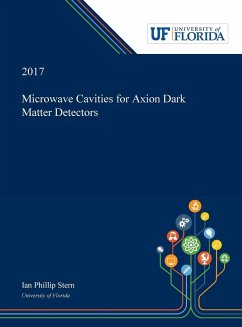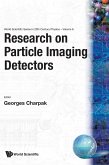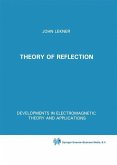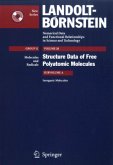Abstract: Nearly all astrophysical and cosmological data point convincingly to a large component of cold dark matter (CDM) in the Universe. The axion particle, first theorized as a solution to the strong charge-conjugate/parity problem of quantum chromodynamics, has been established as a prominent CDM candidate. Cosmic observation and particle physics experiments have bracketed the unknown mass of such CDM axions between approximately microelectronvolts and millielectronvolts. The Axion Dark Matter eXperiment (ADMX) is a direct-detection CDM axion search which has set limits at the KSVZ coupling of the axion to two photons for axion masses between 1.9 and 3.7 microelectronvolts. But most of the viable search-space of axions has yet to be probed. It is now evident that the current cavity design for ADMX does not provide for successful scanning above ~4 microelectronvolts (~1 gigahertz), and new microwave cavity technologies need to be developed to enable searching for CDM axions of greater mass. A broad study into factors that affect high-frequency microwave cavity was conducted in an effort to expand the capabilities of current haloscope detectors. The study evaluated the effects of symmetry breaking on axion search potential and assessed state-of-the-art cavity technologies relevant to haloscope detectors. Periodic arrays of tuning rods or vanes were evaluated for increasing the search range of haloscopes, and a prototype haloscope cavity and an in-situ mode identification technique were developed and tested. The study revealed several significant findings. The cause for frequency gaps in search modes at mode crossing is mode mixing, which occurs due to longitudinal symmetry breaking. Symmetry breaking also results in increased mode crowding, which hinders mode identification and tracking, and further increases mode mixing. Arrays of tuning rods or vanes produce tunable modes, but result in increased sensitivity to symmetry breaking, requiring advanced mode identification techniques and additional studies. Dissertation Discovery Company and University of Florida are dedicated to making scholarly works more discoverable and accessible throughout the world. This dissertation, "Microwave Cavities for Axion Dark Matter Detectors" by Ian Phillip Stern, was obtained from University of Florida and is being sold with permission from the author. A digital copy of this work may also be found in the university's institutional repository, IR@UF. The content of this dissertation has not been altered in any way. We have altered the formatting in order to facilitate the ease of printing and reading of the dissertation.








